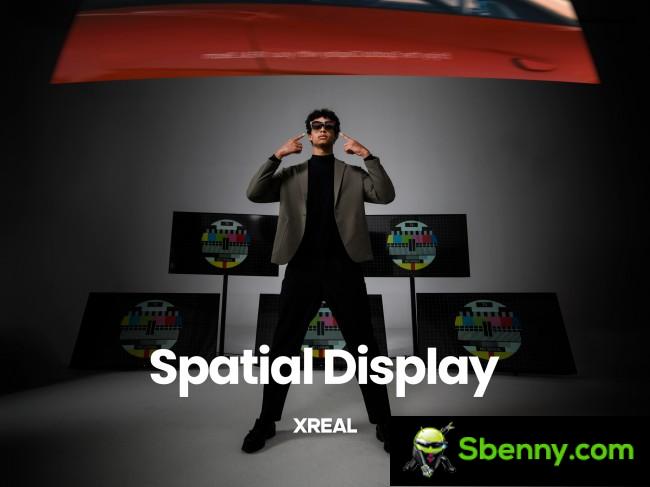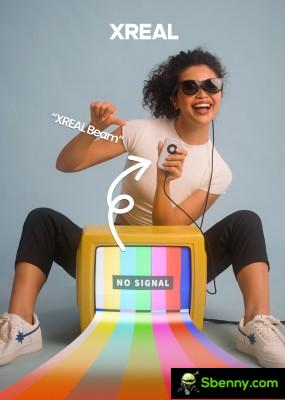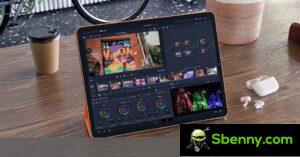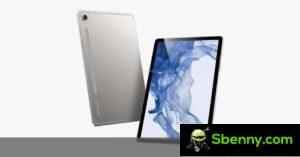Today almost everyone interacts with the digital world through the 2D display of their smartphone or computer. But the future could be much more immersive with head-mounted displays that look a lot like ordinary sunglasses. Nreal, the current leader in the AR segment, believes this is the way forward and is launching a pair of products that can work together to add AR capabilities to almost anything: Xreal Spatial Display and Xreal Beam. The company is putting all its weight on these products and is even changing its name to “Xreal” to match.
The Xreal Spatial Display is the evolution of Xreal Air (formerly Nreal Air). It can create a virtual display up to 201 inches in size and features 3-degrees-of-freedom (3 DoF) tracking so the virtual display stays in a fixed position relative to your body rather than moving with your head.

The new Xreal Spatial Display is disguised as glasses
There are two main use cases. The first is when you sit down for a long time, such as on a long trip or when you settle down at home to watch a movie. The Xreal Beam is a key part of it, but we’ll get to that in a moment.
The other main use case is when you’re out and about. The Spatial Display has a feature called “Smooth Follow,” which is a kind of optical image stabilization for virtual displays — it’ll keep things steady by counteracting small, sudden movements. “Sideview” is another important feature, this reduces the virtual display and keeps it to the side of your field of vision, so you can walk around in the real world fully aware of your surroundings.
Xreal Air worked on platforms that supported the Nebula app, namely Android and macOS. Xreal Beam will significantly expand the selection of devices that can work with the new Spatial Display. It takes the video over a cable or using a wireless screen transmission protocol and forwards the feed to the display.

Xreal Beam supports wired and wireless screen sharing
It has two built-in USB-C ports so you can connect an external power source for really long sessions. Alone, the Beam has a 4,870mAh battery that can power the Spatial Display for 3 hours.
The initial goal is to make things work for PC users. The Xreal Spatial Display + Beam combo can replace a gaming monitor or large TV. At launch, users will be able to enjoy YouTube and TikTok content, but DRM support is in the works to enable streaming services as well. The spatial display is paired with DTS:X Ultra, which enables spatial audio.
Nebula is coming to Windows so that Windows PCs and laptops, as well as handhelds like the Asus Ally, work directly with Xreal Spatial Display. The company is also working on a version of the app for Steam OS so Steam Deck can do it as well. Other consoles and platforms can use Xreal Beam to connect to the Spatial Display.
We conclude with good news. Current Xreal Air users are receiving an update that will increase the refresh rate for both screen mirroring and 90Hz 3DoF mode.
Currently, Xreal products are available through Amazon in the US and Japan. Starting in the third quarter, the company will also expand to Amazon UK and European branches.







Start a new Thread